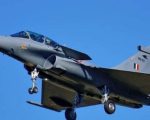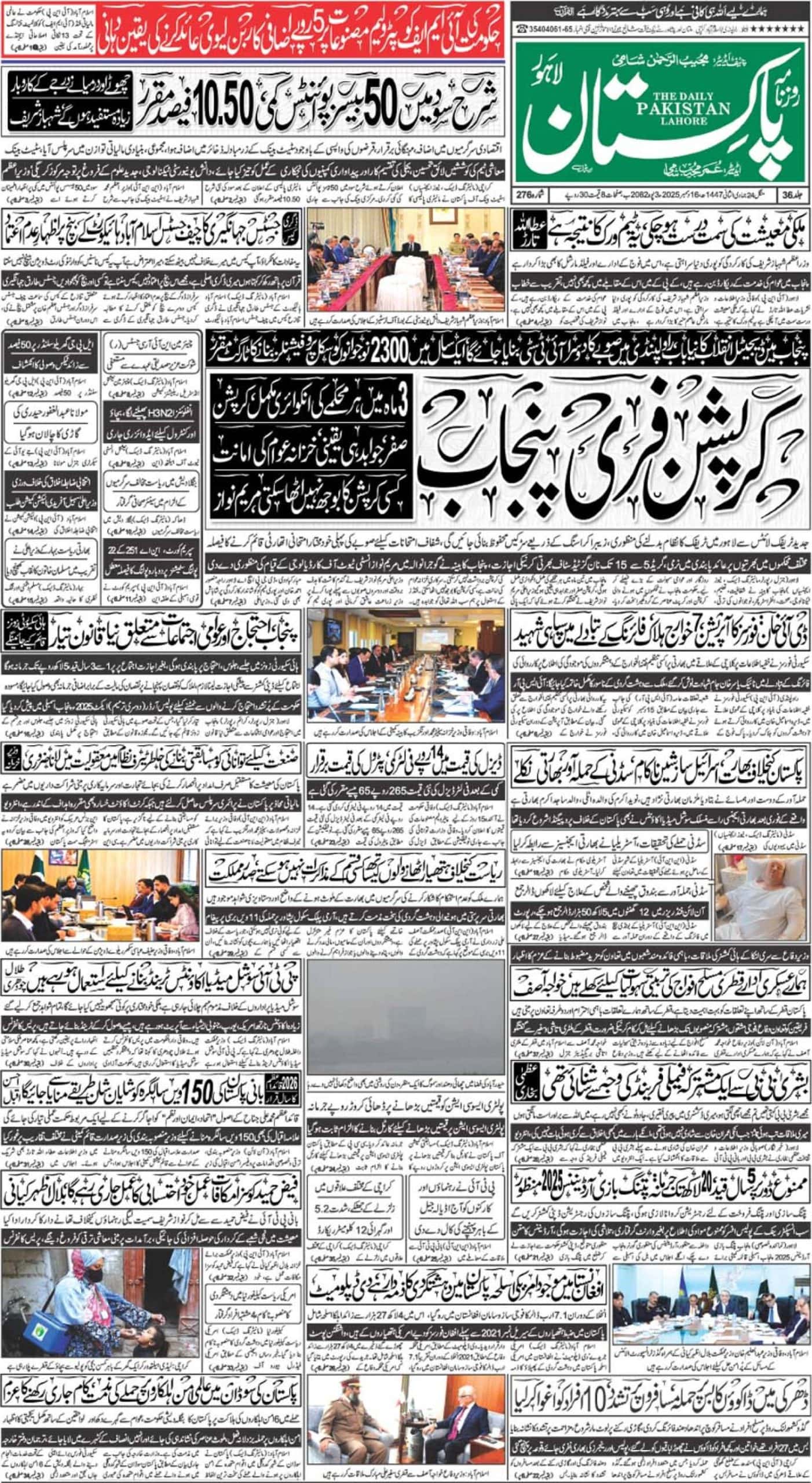Since the beginning of the nuclear age, hybrid warfare is emerging as the preferred modality in today’s contests between the great powers. The combination of conventional and irregular hybrid methods in war is not new and has been used during the course of history. Some historians find the origins of the concept in the campaigns waged in ancient Hispania by the Lusitanian leader Viriathus. The Vietnam War has seen the use of hybrid warfare tools on both sides; the US and the Soviet Union. Since 2005, however, the term ‘Hybrid Warfare has become very popular especially after the asymmetrical warfare strategy effectively used by the Hezbollah in the 2006 Israel-Lebanon War. Russia employed such tactics in Ukraine to secure its objectives. Similarly, Pakistan was the target of a hybrid or indirect war in 1971. India’s hybrid strategy entailed promotion of Mujib-ur-Rehman’s six-point plan, the genocide and refugees narrative, training the Mukti Bahini, the Indo-Soviet Friendship Treaty and finally waging an armed strike. Currently, Pakistan is facing injuries from the menace of 5GW imposed by Trilateral coalition of India, America and Israel.
“Hybrid warfare is a decentralized form of warfare blurring of the lines between war and politics, combatants and civilians, creating conspiracy theories through the fabricated waves of disinformation for chaos or anarchy in the adversary, promoting and supporting non-state actors and non-alignment movements, assembled with an armed strike.“
Hybrid warfare is also dubbed as fifth-generation warfare. There has not been any concrete evidence which fully illustrates 5GW criteria. The term Fifth-Generation War has become a favourite acronym in Pakistan without the majority knowing its true meanings. This is partly due to its changing nature and the fact that ideological construction often ignores insights into the viable nature of war. However, in general, Hybrid warfare can be defined as an offensive military strategy which employs political warfare and blends conventional warfare, irregular warfare and cyber-warfare with other influencing methods, such as fake news, diplomacy, law-fare and foreign electoral intervention, economic constraints and propaganda. By combining kinetic operations with insurgent struggles, the aggressor intends to avoid attribution or retribution. Hybrid warfare can be used to describe the flexible and complex dynamics of the battle-space requiring a highly adaptable and resilient response. It incorporates among other elements like narrative control, cyber-attacks use of anonymous militias and irregular forces, clandestine supplies and diplomatic support to the rebels or the government.
Hybrid war doesn’t seem to be regular conventional war or international armed conflicts like the two world wars. The purpose of this strategy is not to secure the immediate defeat of an opponent. It is to erode its morale, diplomatically isolate it and soften it up before a full-scale invasion as was done in 1971 Indo-Pak war. The objective is to deflect a country from pursuing unacceptable military or political objectives; disrupt its communication, command and control and important infrastructure; impose economic pain to secure adherence to political demands as is done against Pakistan through FATF by putting it in a grey list; delegitimize an adversary’s government as was done in Egypt and Libya; compromise its leaders.
Both state and non-state actors engage in hybrid warfare. However, they may vary widely in their means and actions. That being said, they all exhibit the capability to synchronize various instruments of power against specific vulnerabilities to create linear and non-linear effects.
Hybrid warfare is a warfare with the following aspects:
- Use of mass communication for propaganda.
- A non-standard, complex, and fluid adversary.
- A hybrid adversary uses a combination of conventional and irregular methods.
- A hybrid adversary is flexible in nature and adapts quickly according to the situation.
- A hybrid adversary uses advanced weapons systems and other disruptive technologies.
In April 2018, the army chief Gen Qamar Bajwa warned of a ‘hybrid war being imposed on Pakistan. In his speech at the passing-out parade of cadets at the Pakistan Military Academy in Kakul, he affirmed: “Our enemies know that they cannot beat us fair and square and have thus subjected us to a cruel, evil and stretched hybrid war.
The adversaries have failed to coerce or frighten Pakistan with their conventional and nuclear weapons as it has developed credible capabilities to deter nuclear and conventional aggression. Pakistan has 919,000 military personnel in total, out of which 637,000 are on active duty. The country has 2,182 combat tanks and 2,604 armoured fighting vehicles. Their navy is composed of 10 frigates, five submarines and 12 coastal defence craft. Pakistan’s armed forces possess 1,281 aircraft. This includes 320 interceptors and 410 attack aircraft. Pakistan is one of only a handful of nations to possess nuclear weapons, with the country having between 100 and 130 warheads. If needed, Islamabad would use its Shaheen 1 and Shaheen 3 rockets and stocks of cruise missiles to deliver weapons. However, despite all of this, it remains very vulnerable to hybrid warfare. Some plausible manifestations of adversaries in the context of Pakistan could be the use of money laundering, hacking of bank accounts, secessionist movements in Baluchistan, sectarian strife, narrative fabrication through the spread of fake news on electronic and social media, subversion and sabotage, creating unrest by raising popular religious slogans and sponsorship of terrorism including ‘false-flag’ operations. Combining this with the acts of terrorism especially against hardcore military targets like Naval and Kamra military bases and targeting foreign missions like the Chinese Consulate with responsibilities claimed by various terrorist entities like Tehreek e Taliban Pakistan (TPP), ISIS, Al-Qaeda and Baluchistan Liberation Army (BLA). The primary objective of these nefarious activities is to mar the credibility of the State, create a wedge between Army and the Executive, to create mass unrest and portray Pakistan unsafe for foreign investment and as a failed state. America and India conspiring against Pak-China friendship by rumours like ‘debt-trap’ or ‘American money won’t be used to pay Chinese Loans’ (a condition for loans from IMF); American and Indian opposition in Belt and Road initiative. Exaggerated Nuclear Proliferation distresses and coercive diplomacy was utilized to hold back Pakistan’s nuclear program. The hybrid war against Pakistan is focused on Baluchistan, the former FATA region, Gilgit-Baltistan and the CPEC.
Being in the midst of intense geopolitical conflicts has made Pakistan increasingly exposed to wars that are non-conventional. The global dislike against the use of nuclear weapons, owing to their destructive capacity, has deterred the nuclear-weapon states. For instance, the US despite Trump’s Warlike or hostile attitude cannot destroy North Korea or Iran but it is causing severe economic and political troubles to these countries through diplomatic manoeuvres. The strategic competitors are making the best use of hybrid warfare tools in the exploitation of domestic fault lines like political, economic and societal to destabilize one another. The toolbox of instruments that can be used to wage such hybrid warfare is rapidly expanding and becoming more sophisticated: e.g. autonomous weapons, advanced cyber programmes, social media, data mining, algorithms and artificial intelligence (AI).
There are numerous other ‘agents of influence’ who are used to develop and project an anti-Pakistan narrative. These elements are attacking the ideological foundations of Pakistan and spreading hatred against national institutions.
Pakistan’s dwindling economy has been exploited by hostile foreign powers many times, as it has been its major weakness. Wall Street Journal warned that Pakistan can be made to barter its nuclear weapons for its debts. Pakistan has been steadily pushed into a debt trap. This is the part of a hybrid campaign being waged.
The enemy further tries to divide societies along sectarian and ethnic lines. Adversaries have created influencing narratives to provoke certain elements in the Punjabis or Balochis or Pushtoons against each other or against the army.
Since Pakistan is deeply divided on a religious basis, sectarian fault lines have been long exploited by regional countries. This has been happening since the 1979 Iranian revolution. Iranians are allegedly raising sectarian terror groups like the Sipah-e-Muhammad and Al Zainabiyoon. Similarly, Iranian backed outfits like the Wahdat-ul-Muslimeen have utilized narratives of ‘Shia Genocide’ to further divide society by blaming Pakistani government’s closeness to Saudi Arabia as a reason of attacks on Shia civilians by sectarian terrorists. India is also backing Iran in this regard. Recent statements of Indian National Security Advisor Ajit Doval and Major Gaurav Arya in support of sectarian violence in Pakistan is an open threat to its stability.
Pakistan is responding to the menace of hybrid warfare on all possible channels. It has sapped the command and control system of terrorist groups through Zarb-e-Azb launched in June 2014. They also started operation Radd-ul-Fasaad to eliminate the clandestine terrorist sleeper cells across the country in Feb 2017.
To conclude, in a globalized world today, Pakistan like many other countries is facing multiple threats to its sovereignty both by internal elements and hostile states. These challenges call for a wide-ranging discourse for an in-depth understanding of this ever-evolving threat spectrum and gearing up all elements of national power to mount a potent response.
Faizan Raza is working as a lecturer in Engineering and Technology at the Institute of Southern Punjab (ISP) University —Multan. He can be reached at faizanshah.raza@gmail.com.













